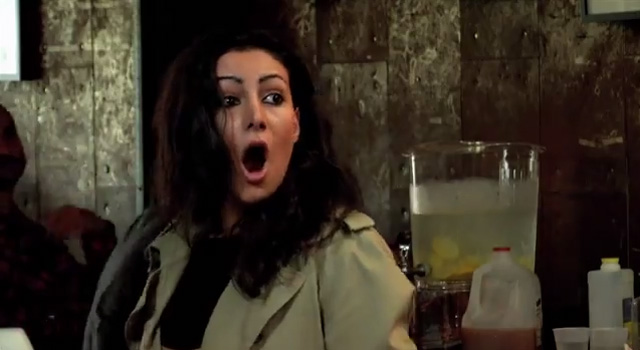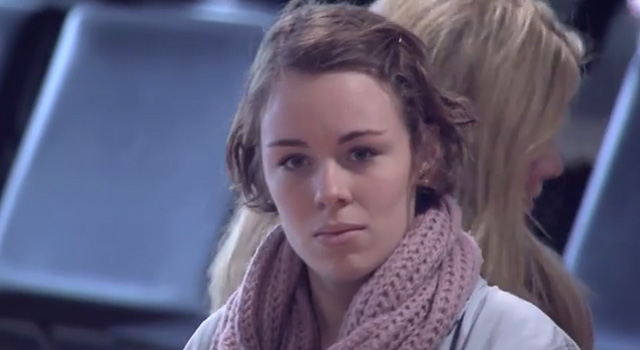Telekinesis, Meteors and “Push to add Drama”…
You may have heard about a video in which patrons of a New York coffee shop witness a woman seemingly hoist a man up into the air using telekinesis. “Telekinetic Coffee Shop Surprise” is a stunt that promoted the release of the feature film Carrie, and has racked up nearly 62 million views on YouTube. Given those viewing figures, it’s quite possible you’ve watched it.

The stunt falls into a category of marketing that has become known as “prankvertising” — unsuspecting members of the public are videoed whilst witnessing or experiencing something that, whilst often amusing to those of us watching on YouTube, is anything but if you were there at the time. Invariably, the stunt turns out to be some form of promotion for a product, service, TV show, or movie.
It’s clear from the Carrie video that many of the NYC coffee shop’s patrons were shocked by what they saw, and it’s not hard to imagine that some were more than a little distressed by seeing what they believed to be a paranormal event. Imagine then, that you go to an interview for a job, and in the middle of it, you witness what appears to be to an apocalyptic meteor strike. That’s what happened to the unfortunate job applicants in a prank promoting LG’s 84in HDTV.
There’s no doubt that these Prankvertising stunts, when done well, get plenty of views. The LG meteor prank has so far racked up nearly 18 million views on YouTube. A previous elevator prank for the brand has accrued more than 23 million views, and Turner Benelux’s “A Dramatic Surprise on a Quiet Square”has generated over 52 million. However, these sort of stunts raise a question: Is it right that regular people should be unwittingly terrified, or made fools of, in order to help brands hawk their wares?
This type of unconventional advertising may not be out of place when promoting a movie like Carrie, or the launch of a TV channel like TNT, but deliberately stressing people out to promote a range of stress-relieving beauty and hygiene products might seem a bit callous and manipulative. Yet, that is exactly what Nivea did in Germany.
Which brings us to another issue. Can the use of Prankvertising harm rather than help the brand? Sure, the videos may reach huge audiences and build awareness, but whilst we now know about LG’s huge HD screen, there’s also the danger that we may think less of the company because it was so willing to scare innocent people half to death. Moreover, not only were those poor people clearly terrified (and at least one was furious), but they also discovered that the job they hoped to get didn’t exist. Do you want to give your money to a company that thinks nothing of taking advantage of people for the purpose of shilling goods?
If one compares Nivea’s “Stress Test” with a video from another well-known beauty brand, Dove’s “Real Beauty Sketches”, which comes out better? Both campaigns use real people, but those in “Sketches” are knowing participants — they willingly agreed to be involved. The same cannot be said for those in “Stress Test”. Both adverts are clever and imaginative, but the Dove campaign is working on an altogether deeper level — whilst Nivea’s is technically clever and smart, the Dove video makes a serious commentary on the way women view themselves.

The take away from each is that Dove appears to genuinely care about its customers, whereas Nivea seems cynical and more interested in getting attention than taking care of consumers. It might also be worth noting that the Nivea video has so far generated over 7 million views, whereas Dove’s “Real Beauty Sketches” has been watched over 65 million times and counting. The reason “Sketches” has been so successful is that people genuinely connected with it, and it sparked cultural debate and talk around the water cooler.
Pranks and stunts can be a great way to generate interest and build awareness, but they don’t need to take advantage of people to get attention — just look at the Will It Blend? videos, or Mark Ecko’s “Still Free” . Grabbing attention and creating a buzz is important, but beyond that, you need to consider what your videos will say about your brand once that buzz dies away and views have slowed down. Will people think your company is cynical and exploitative, or will they feel you contribute something of value?


